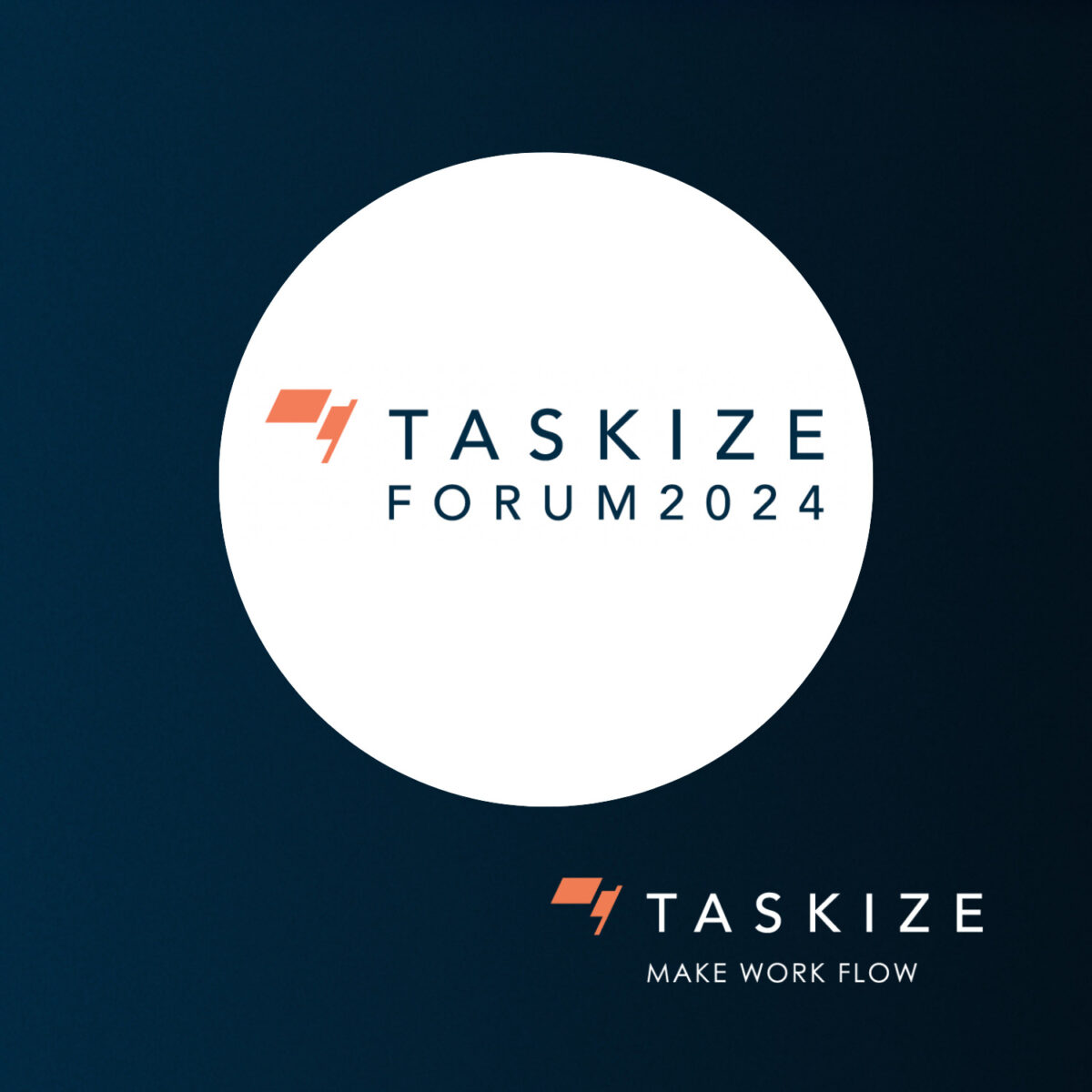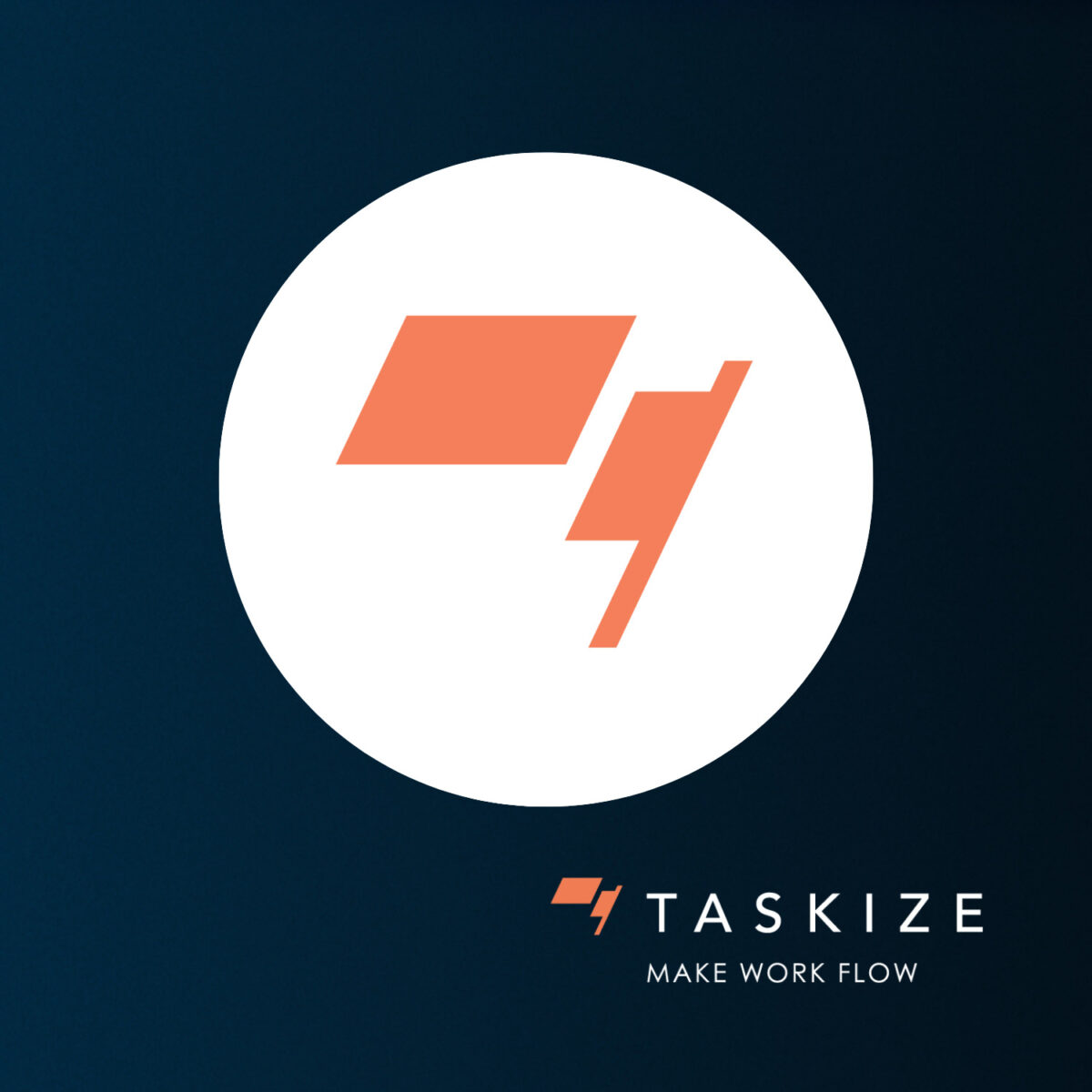Events & Webinars
“An efficient people directory could become pivotal across collateral management, securities settlements, custody queries and beyond. And it’s highly topical too with the run-up to the T+1 settlement regime and even further into T-Zero…”

Post-trade is on a quest. Fintechs large and small are intent on building a contact directory of the sector: a digital Yellow Pages, LinkedIn and phone book combined that allows you to quickly find who you need to connect to and, hopefully, make meaningful connections to resolve issues faster.
Such a directory could become pivotal across collateral management, securities settlements, custody queries and beyond. And it’s highly topical too with the run-up to the T+1 settlement regime and even further into T-Zero.
To quote Global Custodian on T+1, “Like a slowly ticking clock, global markets are moving towards a time when trade date and settlement date will be synonymous.” We’re not there yet, but everyone agrees that we’ll get there quicker when all parties and counterparties can connect and communicate as quickly and easily as possible.
“We couldn’t agree more with the identified challenge and the proposed approach to solve it,” comments Taskize’s Head of Business Development James Pike, “and we’ve been bringing our solution to clients for some time. But not as a Yellow Pages- or LinkedIn-style project which – at its very base level – might revolve around manual updates and manual usage. But instead as an algorithm-based alternative that uses Machine Learning, a form of AI, to help you connect.”
“It doesn’t just provide an answer to “who should I connect with?” Instead, it automates the work you do before, during and after using a directory. It’s called the Taskize Smart Directory. It’s a feature of the Taskize platform that’s built on an ethos of it’s not ‘who you are’ that’s important, it’s what tasks you are authorised, most skilled and recently experienced to do.”
More on the Taskize Smart Directory further down (or jump straight off now to our fact sheet). First, what exactly are the directory projects in the ‘coming soon’ department?
As Eliot Raman Jones wrote recently in Waters Technology, “the potential endgame” of the London Stock Exchange Group’s (LSEG) 10-year partnership with Microsoft is “a trusted directory for the financial services industry.” They’ve also reported on a project from Symphony – which was previewed alongside Taskize’s latest integration at Symphony Innovate 2023 – that aims to “reinvent the phonebook… adding new features including identity management and know-your-customer capabilities to its offering.”
The key point from Raman Jones’ article is how he describes both endeavours: “The most apt comparison to make is that these companies are looking to build a platform that’s functionally similar to LinkedIn – a directory of professional users.”
While there’s no doubt that the financial world operates under the umbrella of the Microsoft Office and Power Platform suites – hence Taskize’s integration with Microsoft Teams – it feels unlikely that another Microsoft product, the social network LinkedIn, could be the basis for speeding up post-trade issue resolution times. As one Taskize client mentioned recently, “The whole point of social media platforms is to occupy time, or even to waste time. Not to save time.”
The LinkedIn analogy – if indeed this is the basis of the LSEG/Microsoft directory as we understand it – is also potentially flawed in that it’s the end user, you and I reading this, who currently uploads and updated their details: their job title, company, roles, reports and so on.
And as any user of LinkedIn would likely confess, all those data points are generally inputted not to create a structured, mapped landscape of one’s particular market niche, but primarily to increase one’s employability. Job title ‘enhancements’, tenure, reporting lines, roles, and all.
In parallel to all of this, Symphony, with its acquisition of StreetLinx is on a mission to build out a directory of its own as described in a piece from Rebecca Natale also for Waters last year under the banner “Symphony wants to be Wall Street’s phone book.”
Suffice it to say that Taskize welcomes all these projects – all expertly reported by Waters and its peers – as well as the enthusiasm for an area of the market in which it has long been entrenched.
“It’s fair to say Taskize – and our clients – are somewhat further down the track,” Pike observes. “Not only do our clients enjoy instant access to the right person at the right time when using our platform, our Smart Directory learns as it goes, and it routes you to the most effective person to resolve your query.
“As a result, Taskize clients are confident their query will land in the right hands not based simply on, for example, the recipient’s job title. Instead, they know it will land in the right hands – and far more importantly – be resolved as quickly and efficiently as possible – thanks to features such as Smart Directory’s:
- Learning algorithm that continually improves routing based on the resolution of every query processed
- Integration with a client’s internal directories to simplify the joiners, movers and leavers process
- Inheritance of functions and responsibilities derived from constant monitoring of work allocation
- Dynamic monitoring, prioritisation and capacity management”
What does that last point mean in practice? It’s how the Taskize Smart Directory dynamically prioritises issues to ensure the most important ones are allocated to the most available and skilled person to resolve them.
What are the use cases and case studies of Taskize’s Machine Learning -driven Smart Directory – the here-and-now solution to speeding up connectivity in the drive to T+1? And what are the ‘rocks in the road’ to building out a post-trade directory that other vendors must expect to tackle?
Both these questions will be answered in future articles in our Taskize Insights series.

